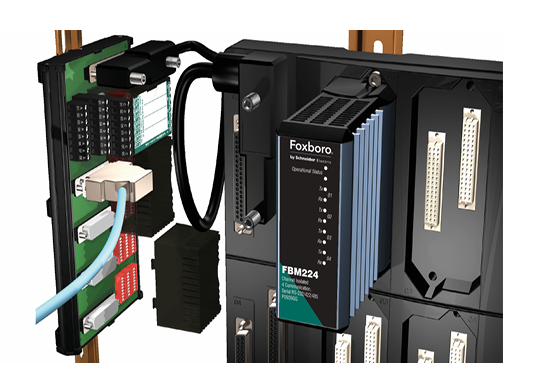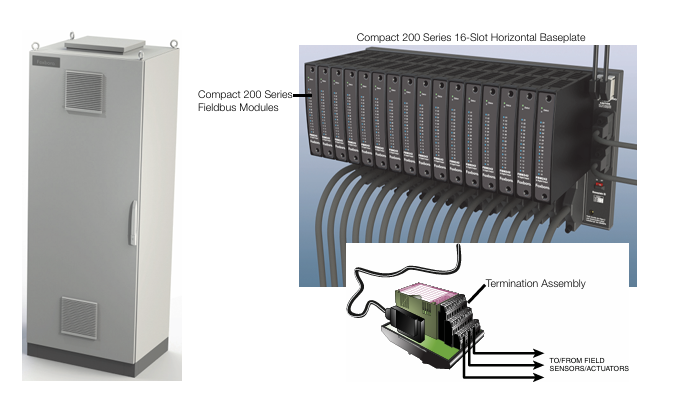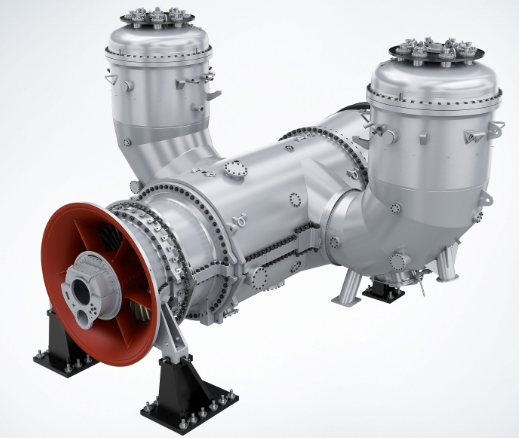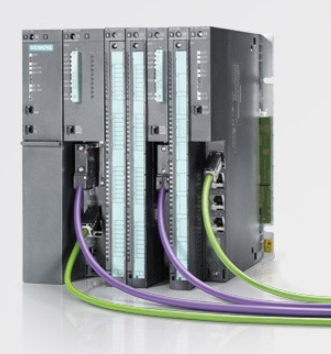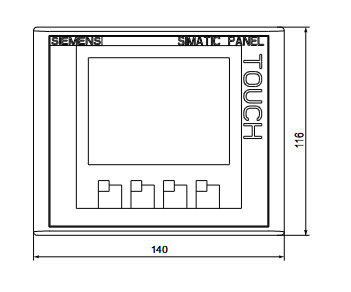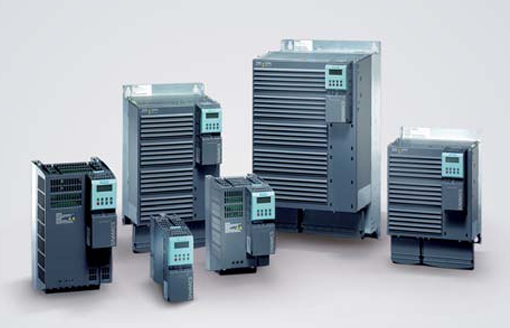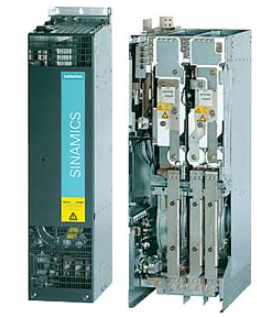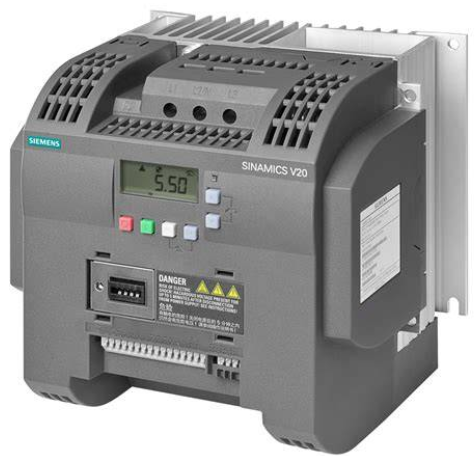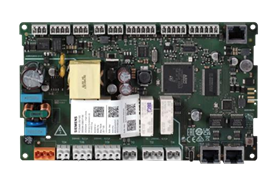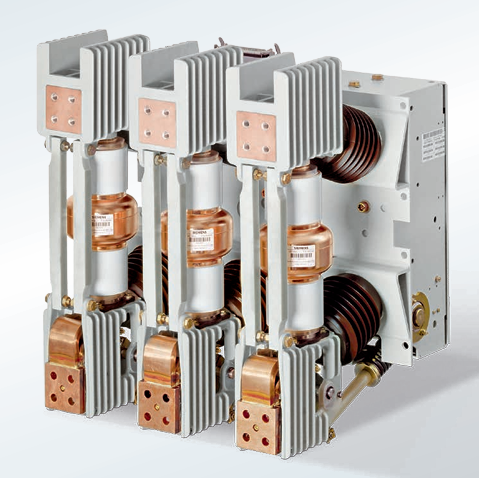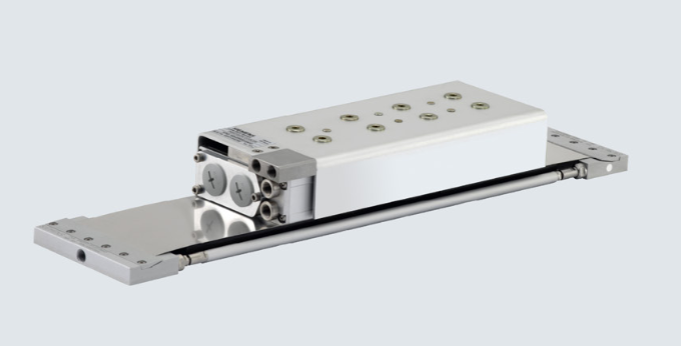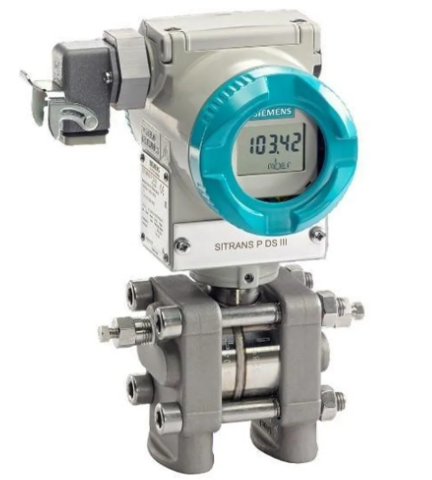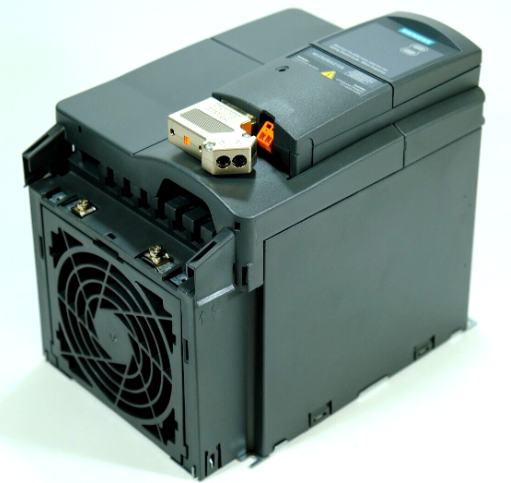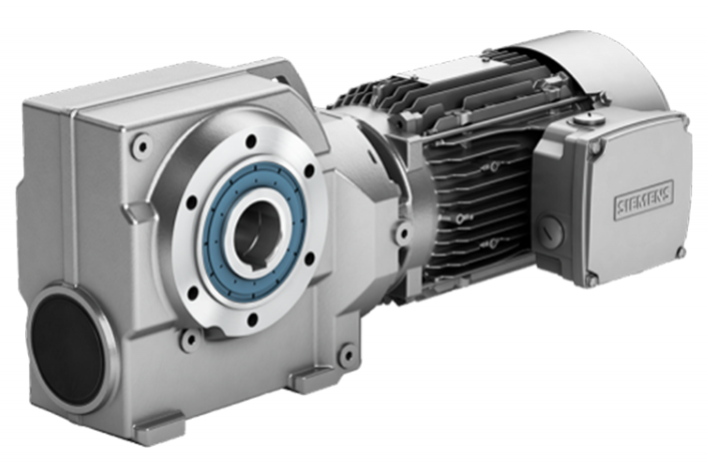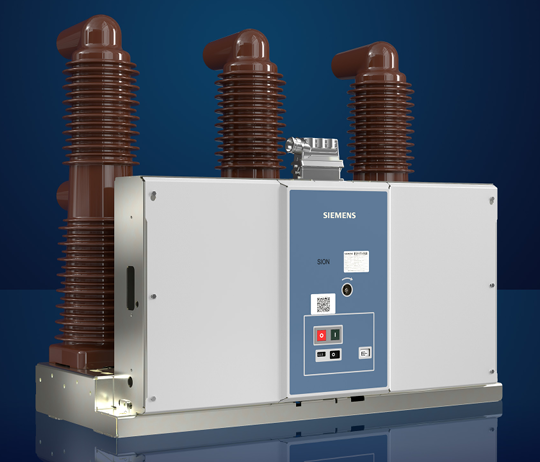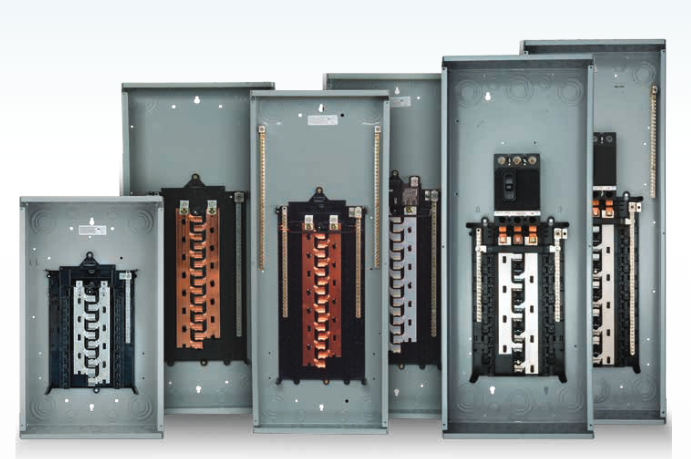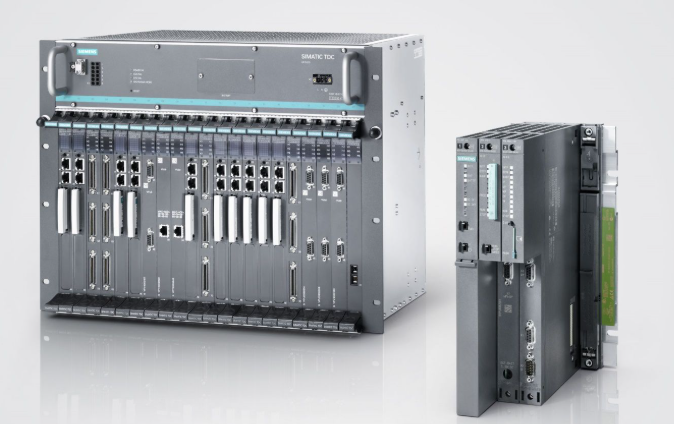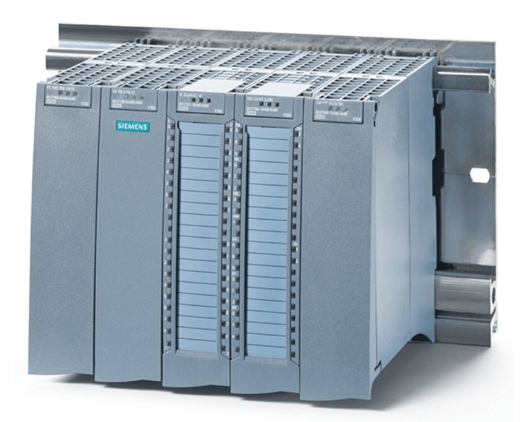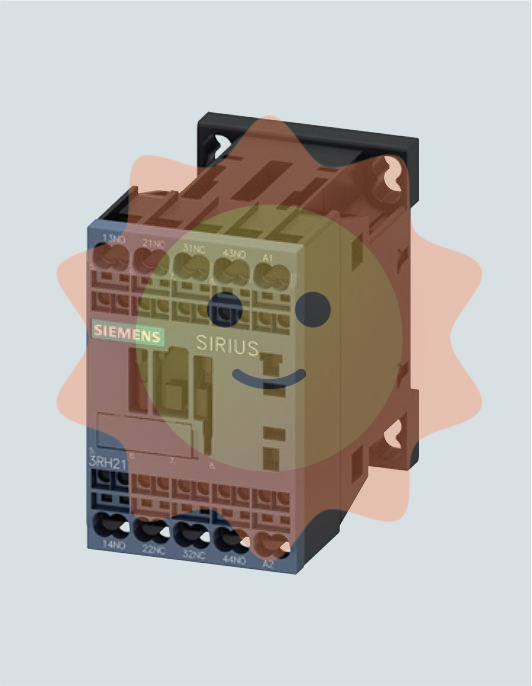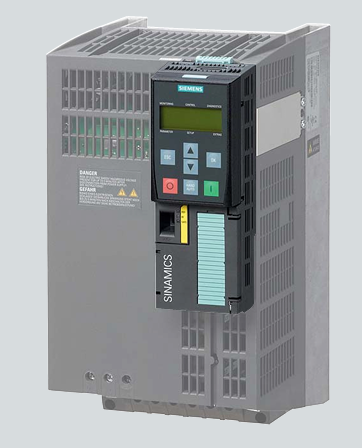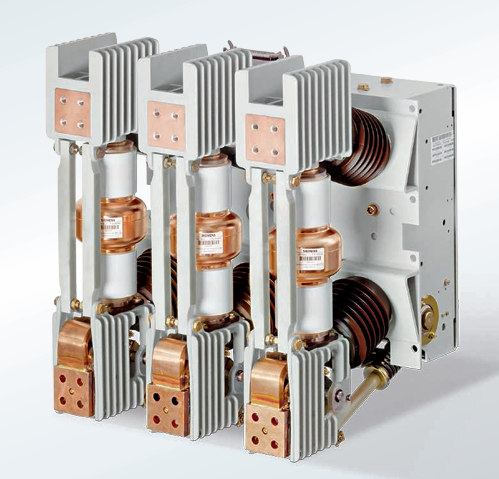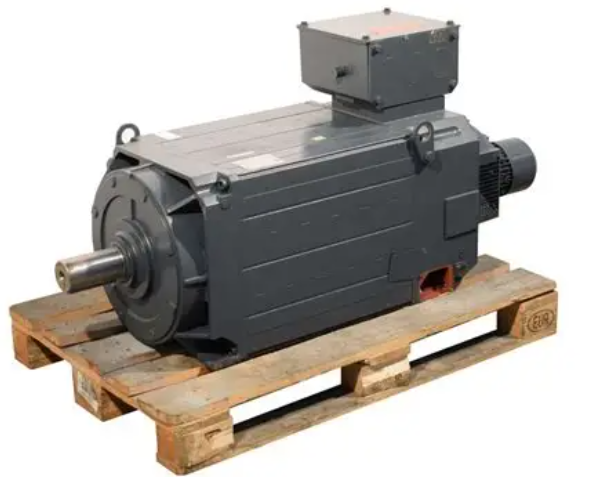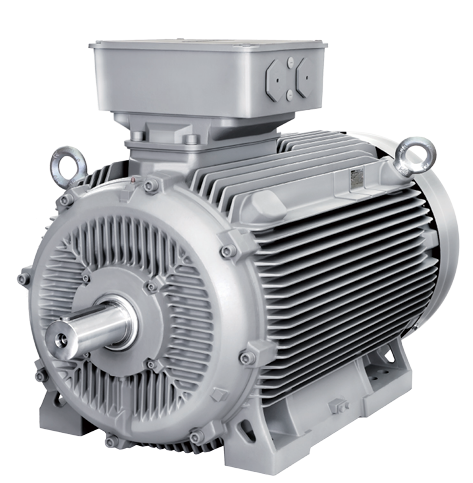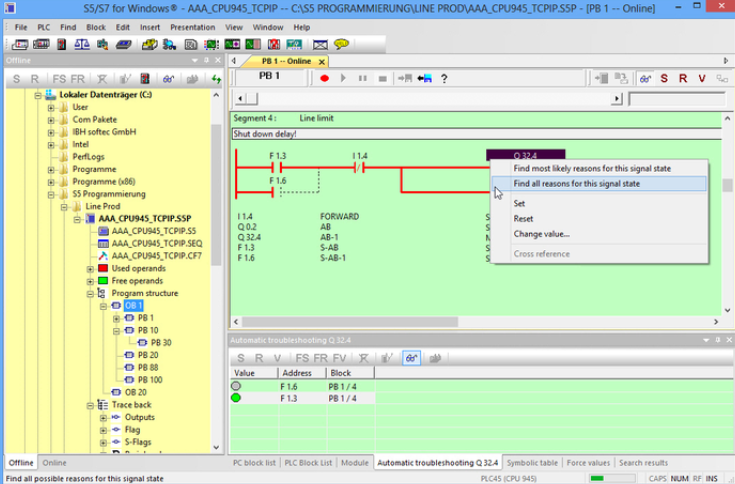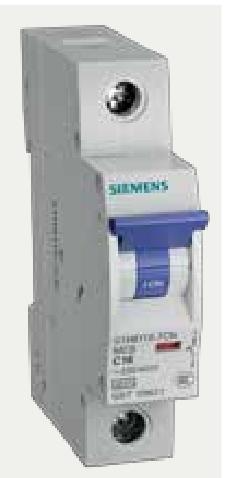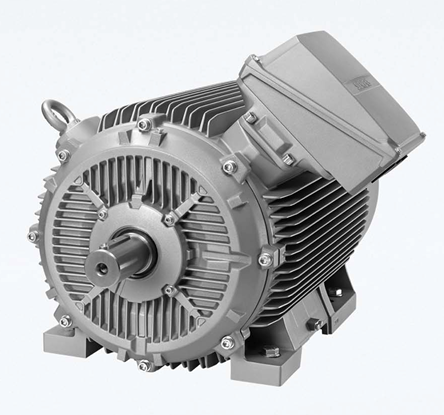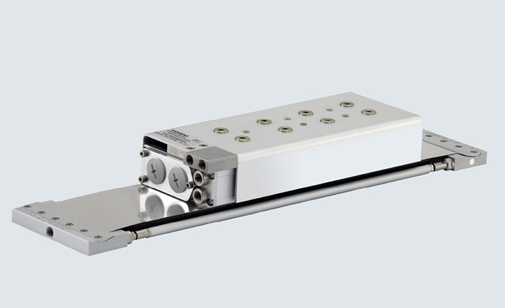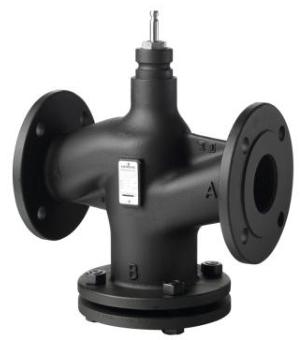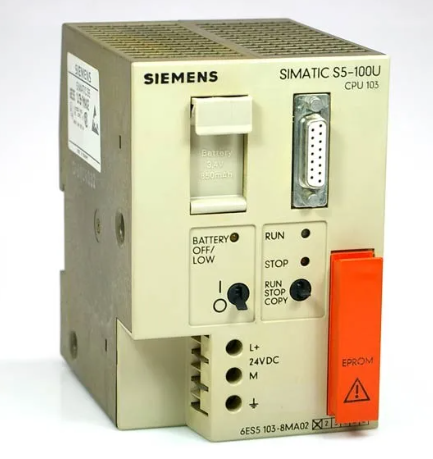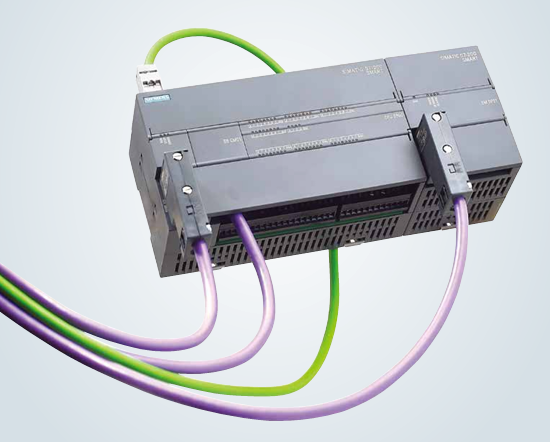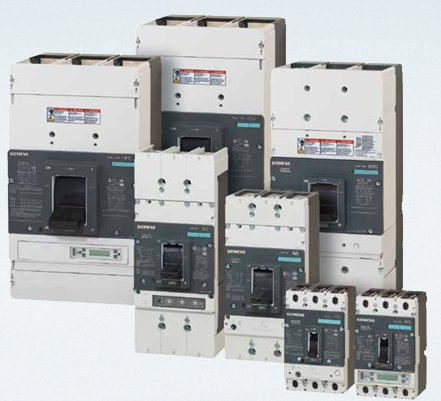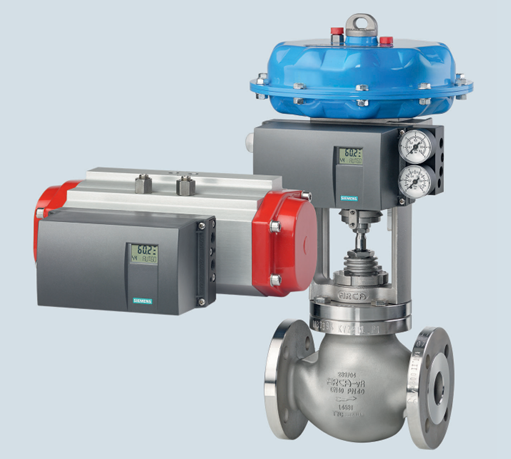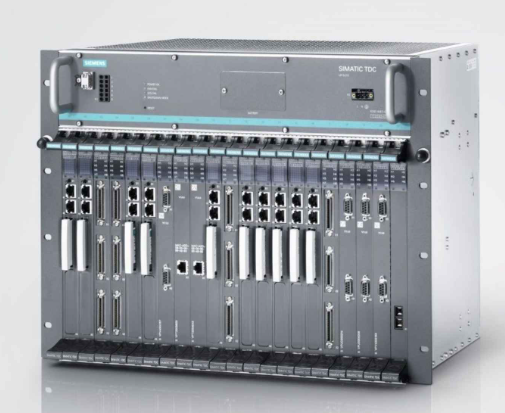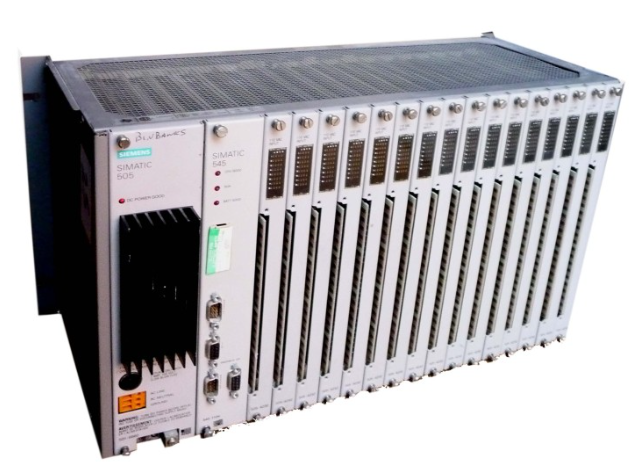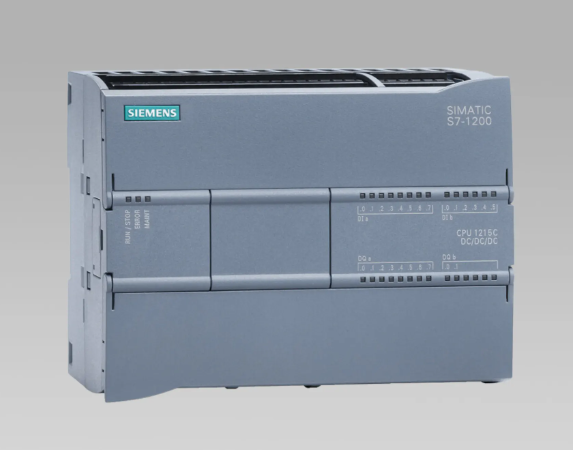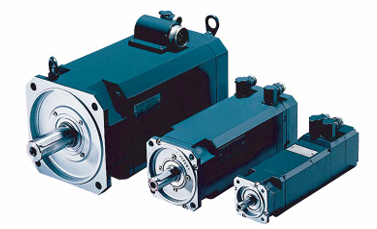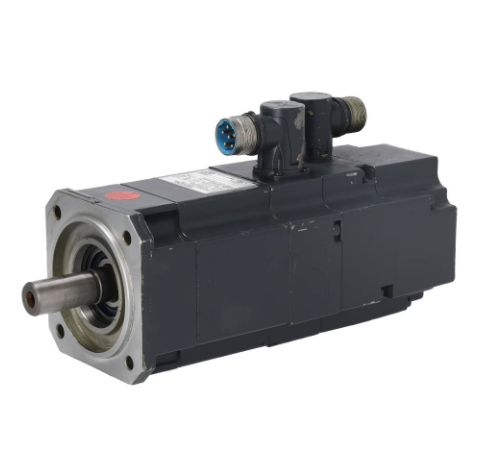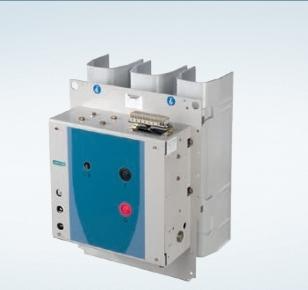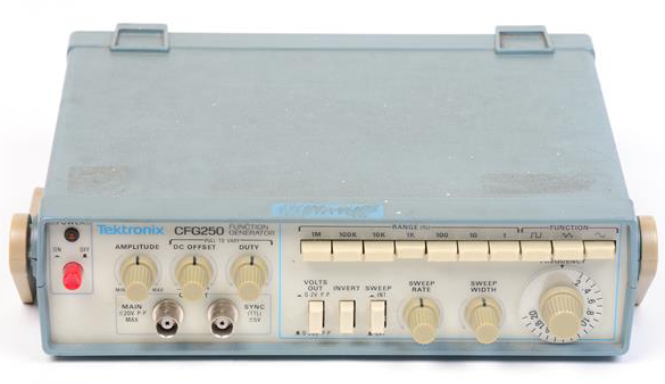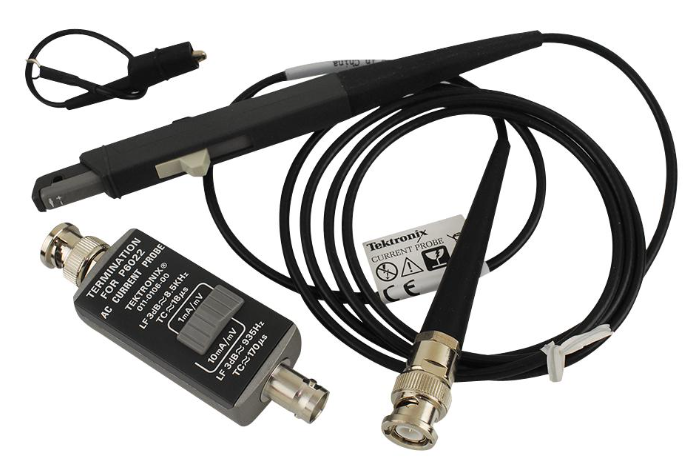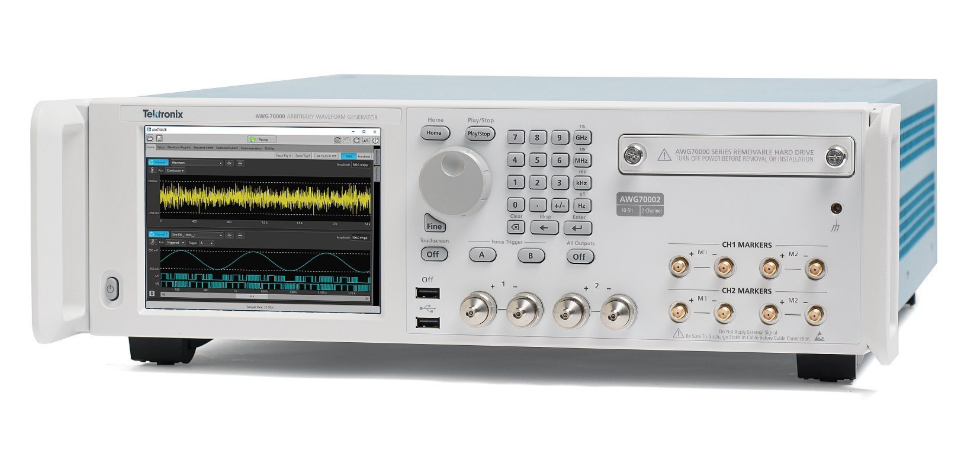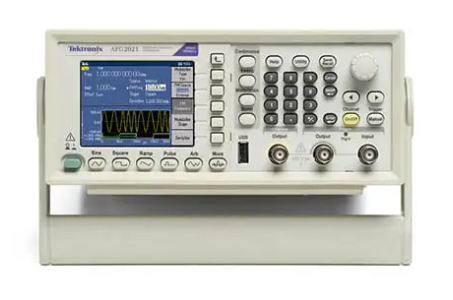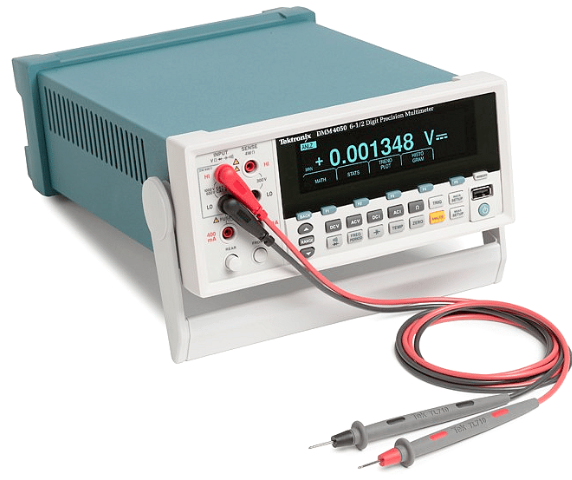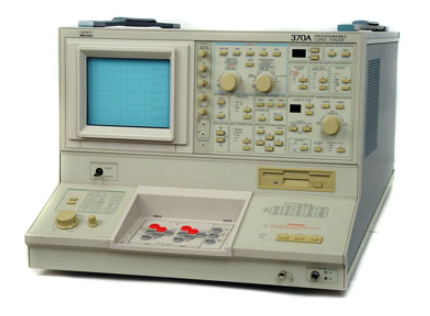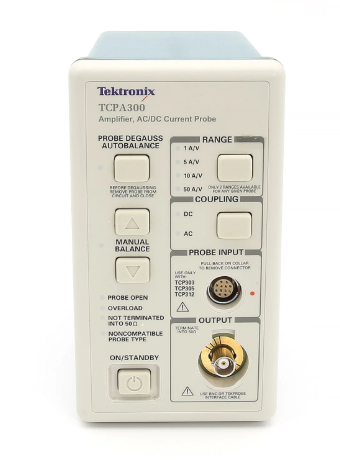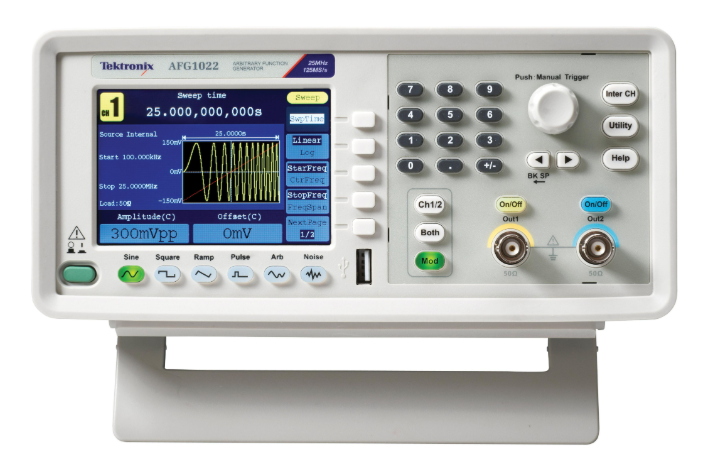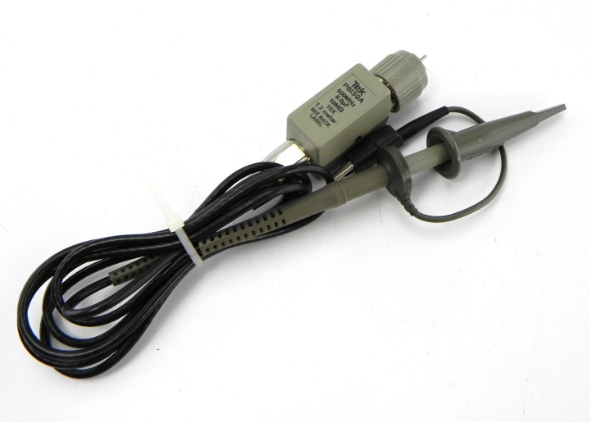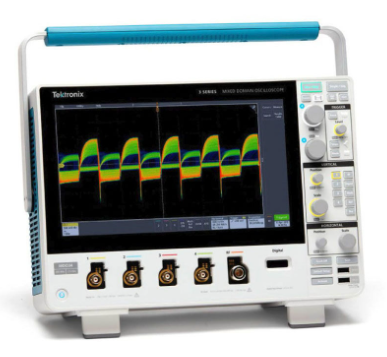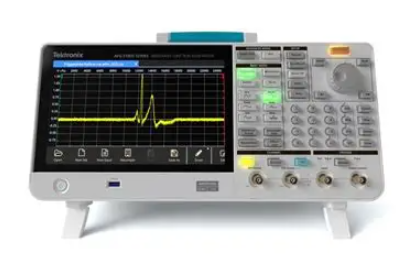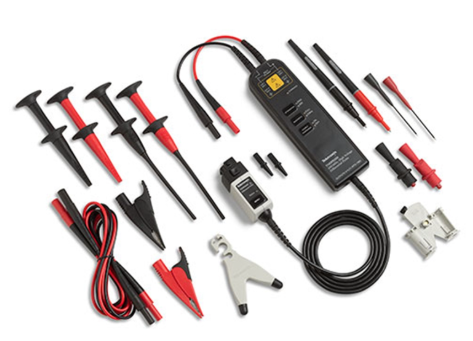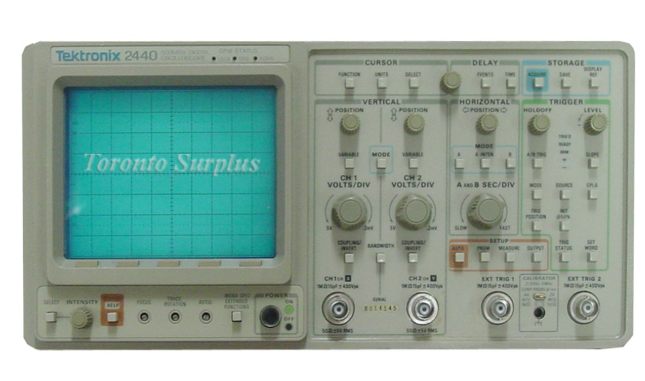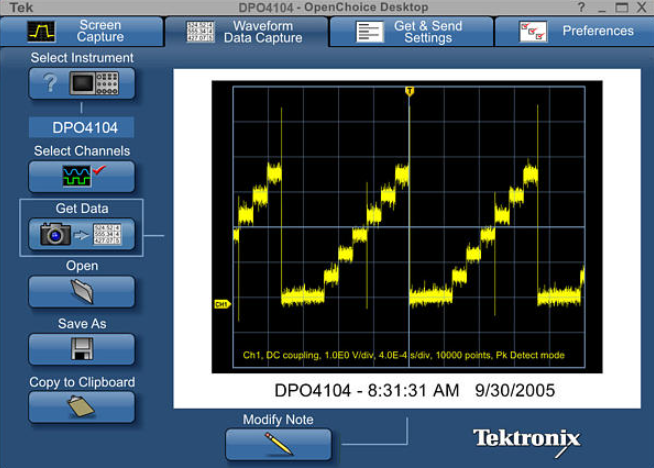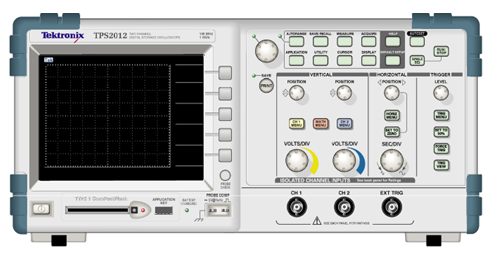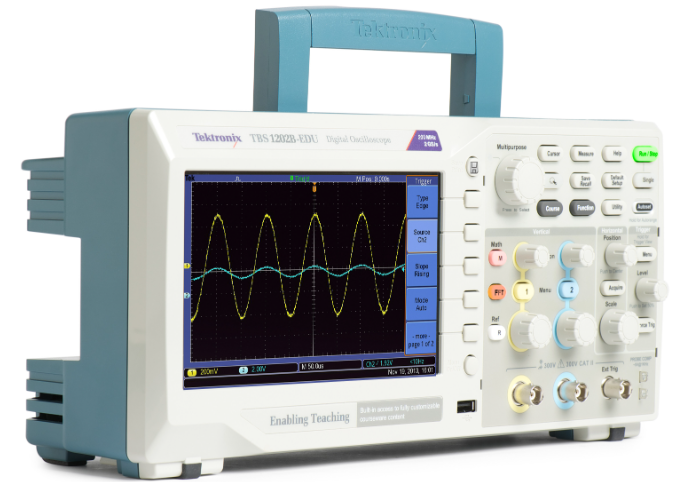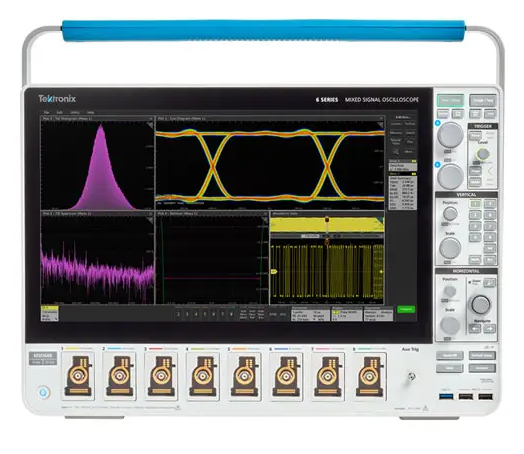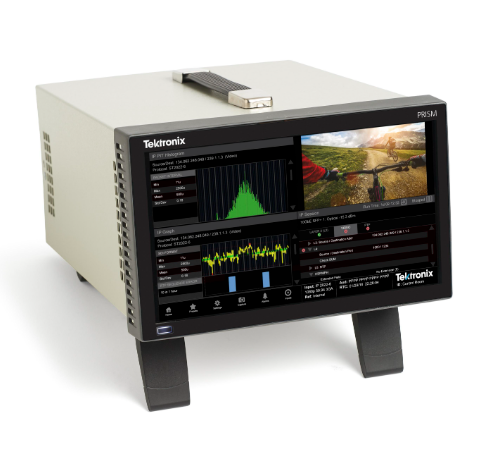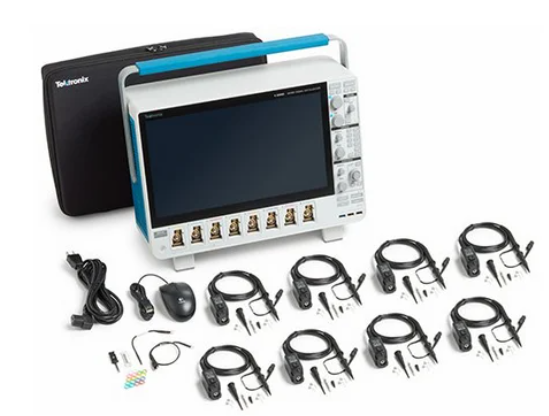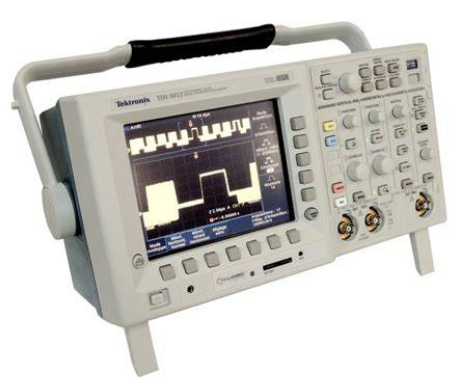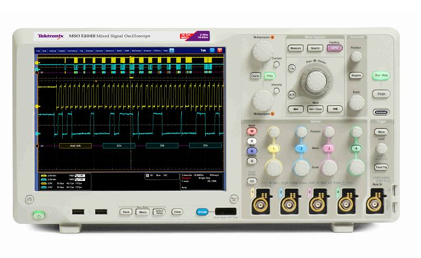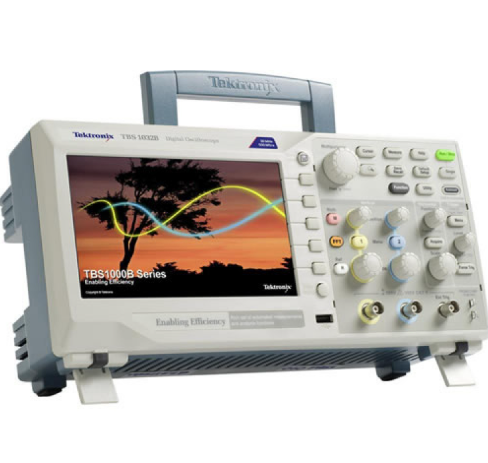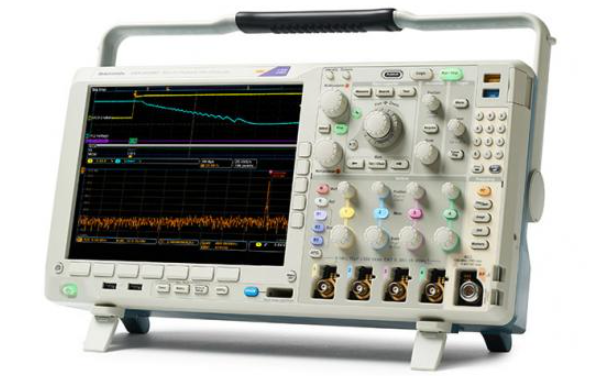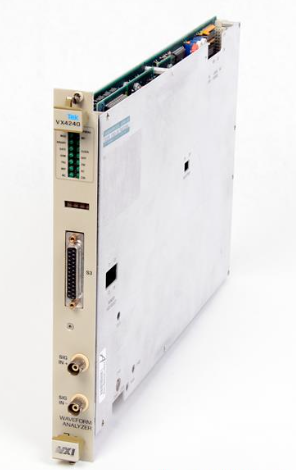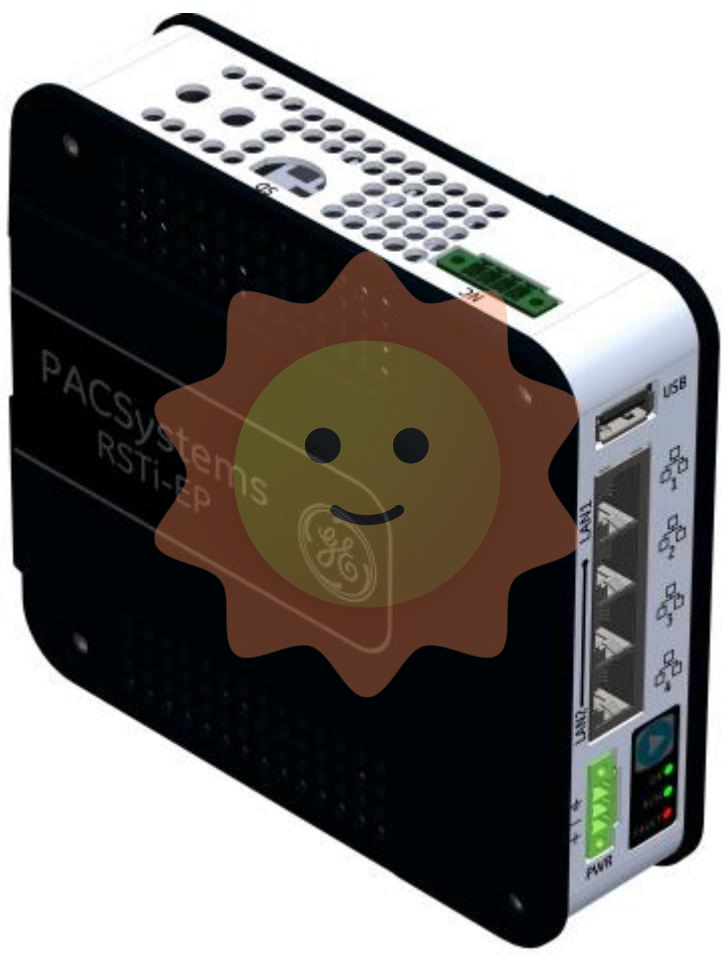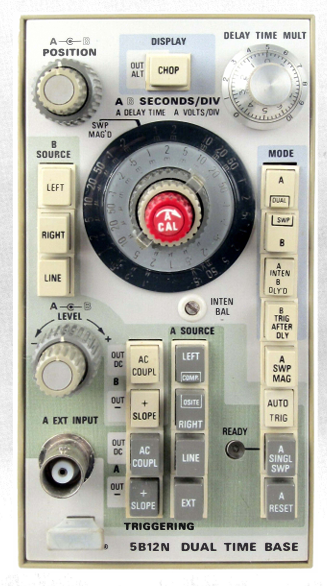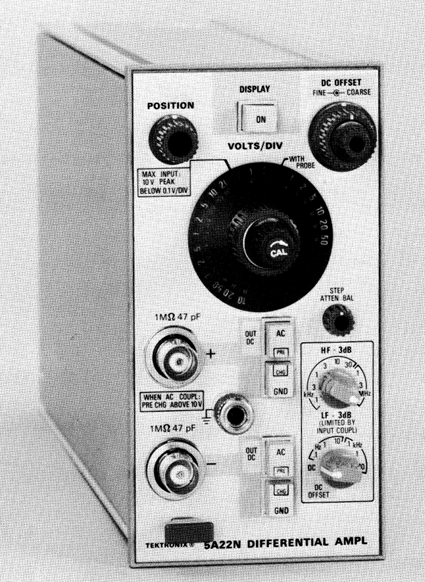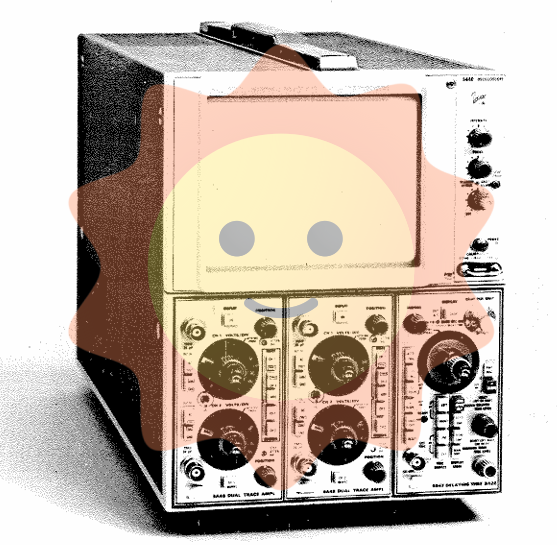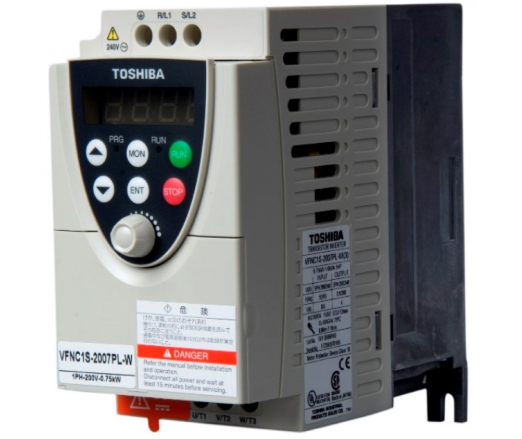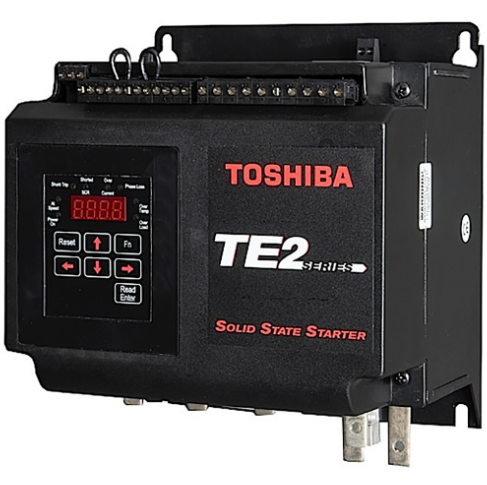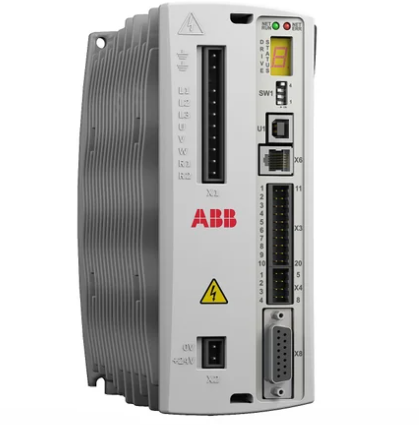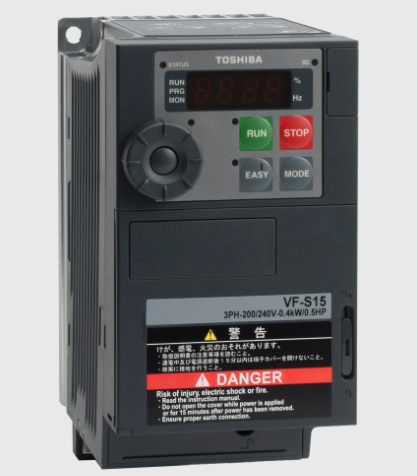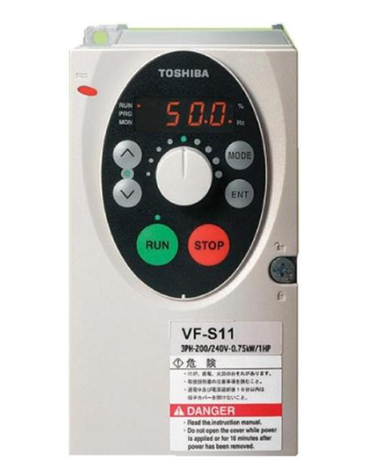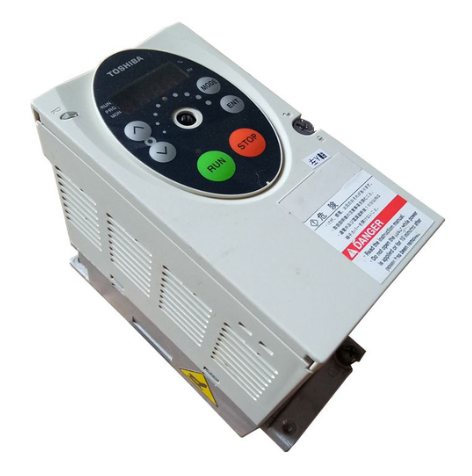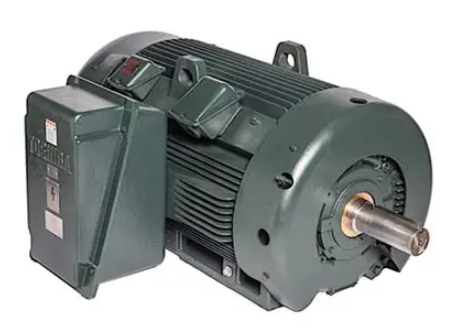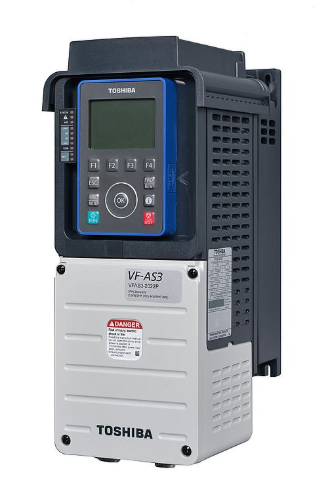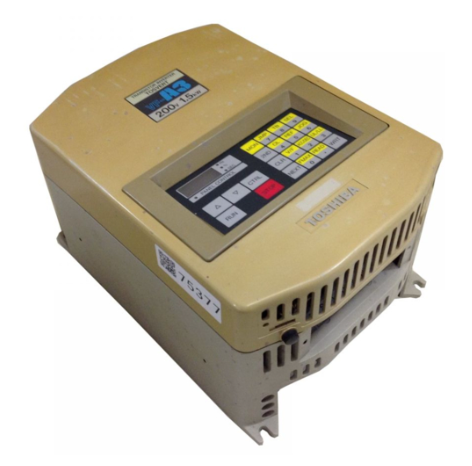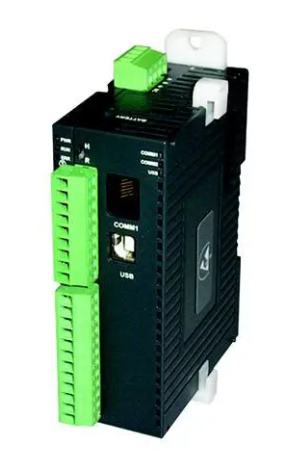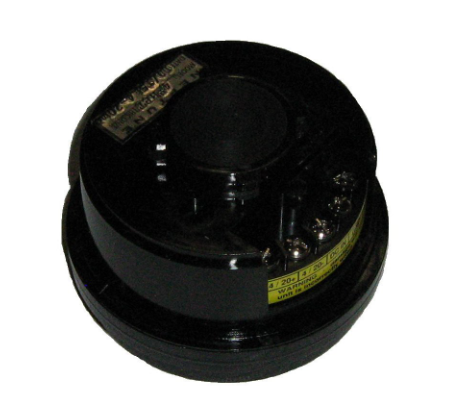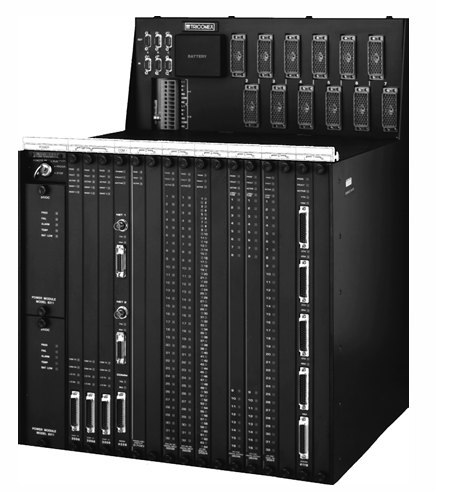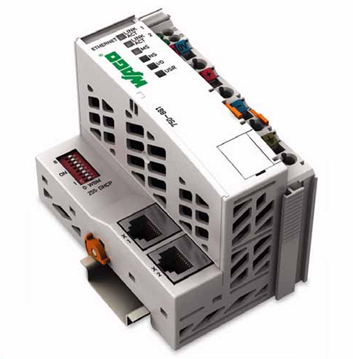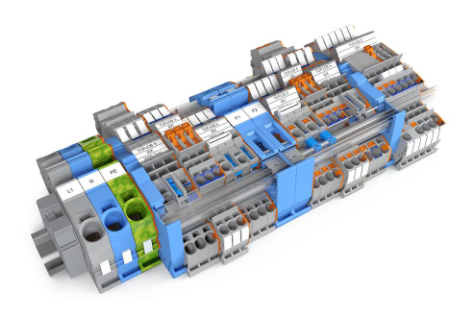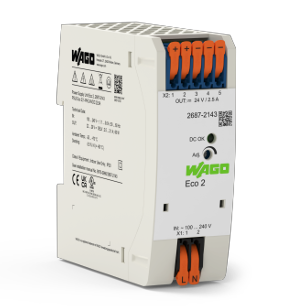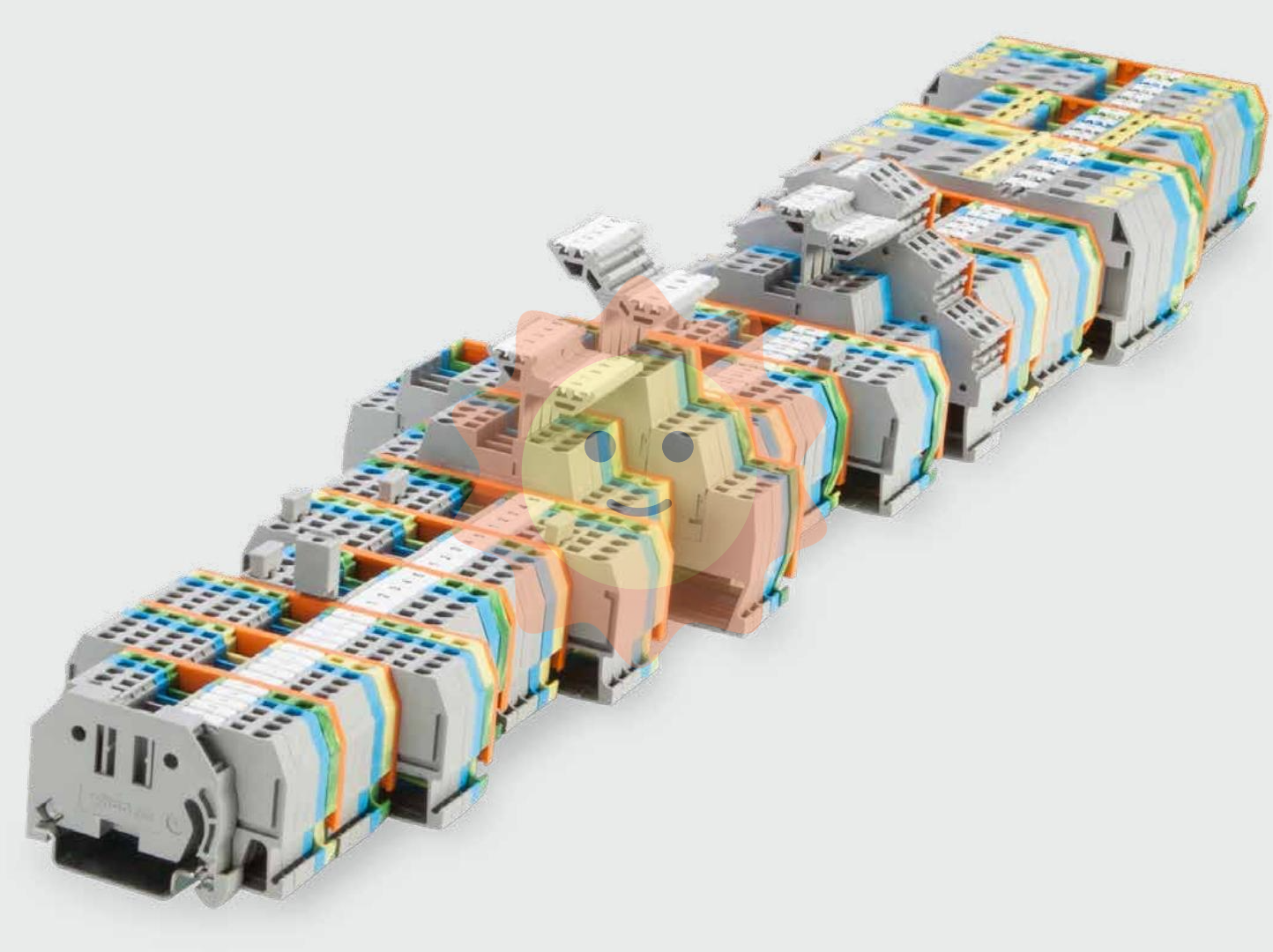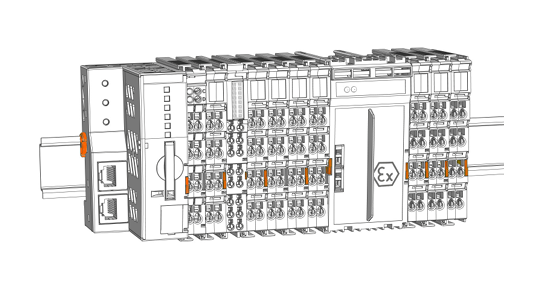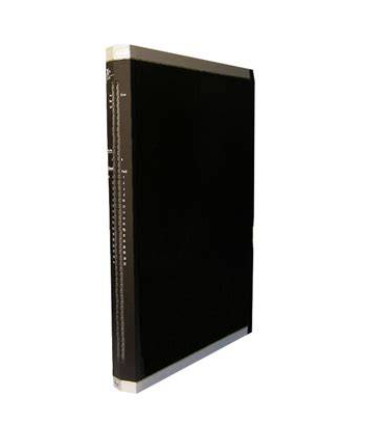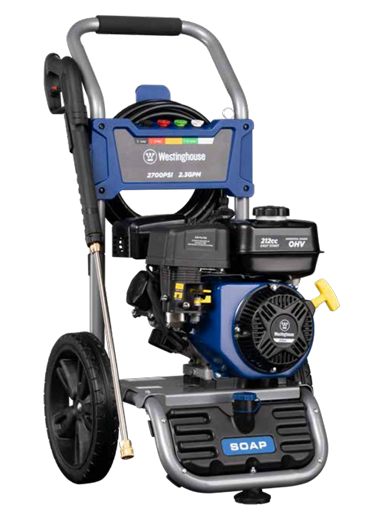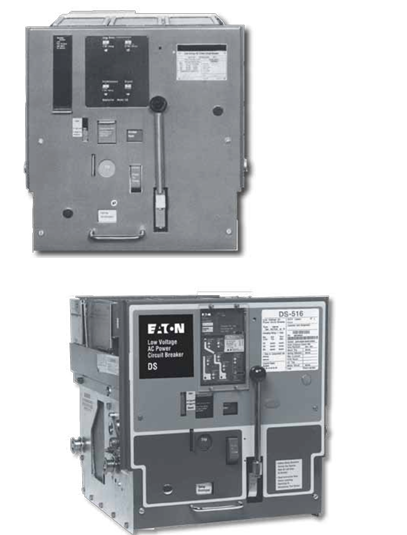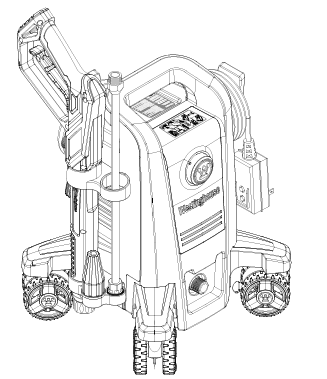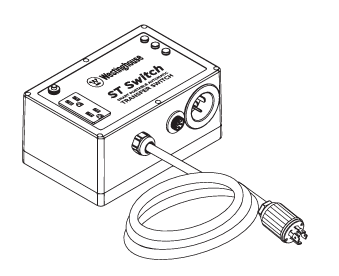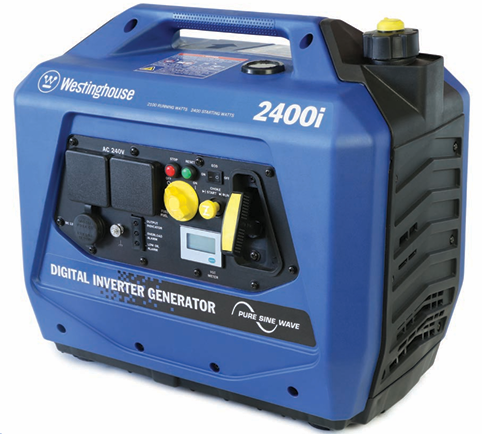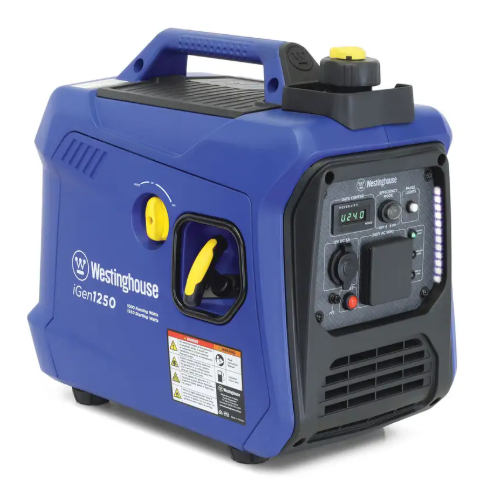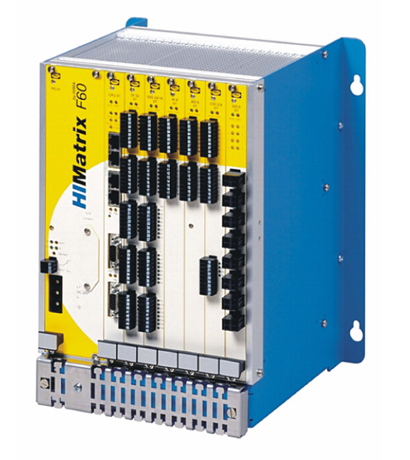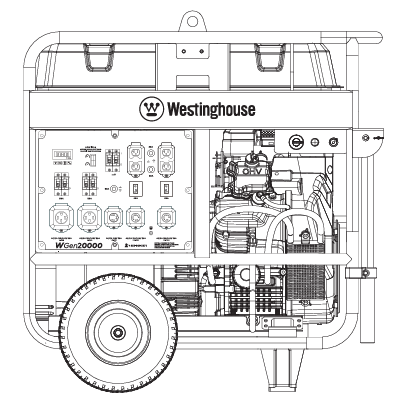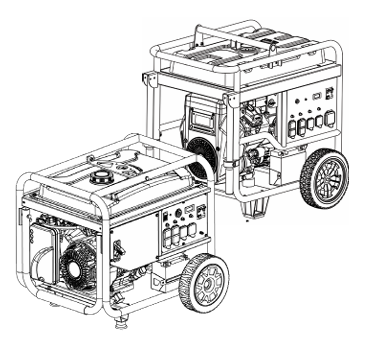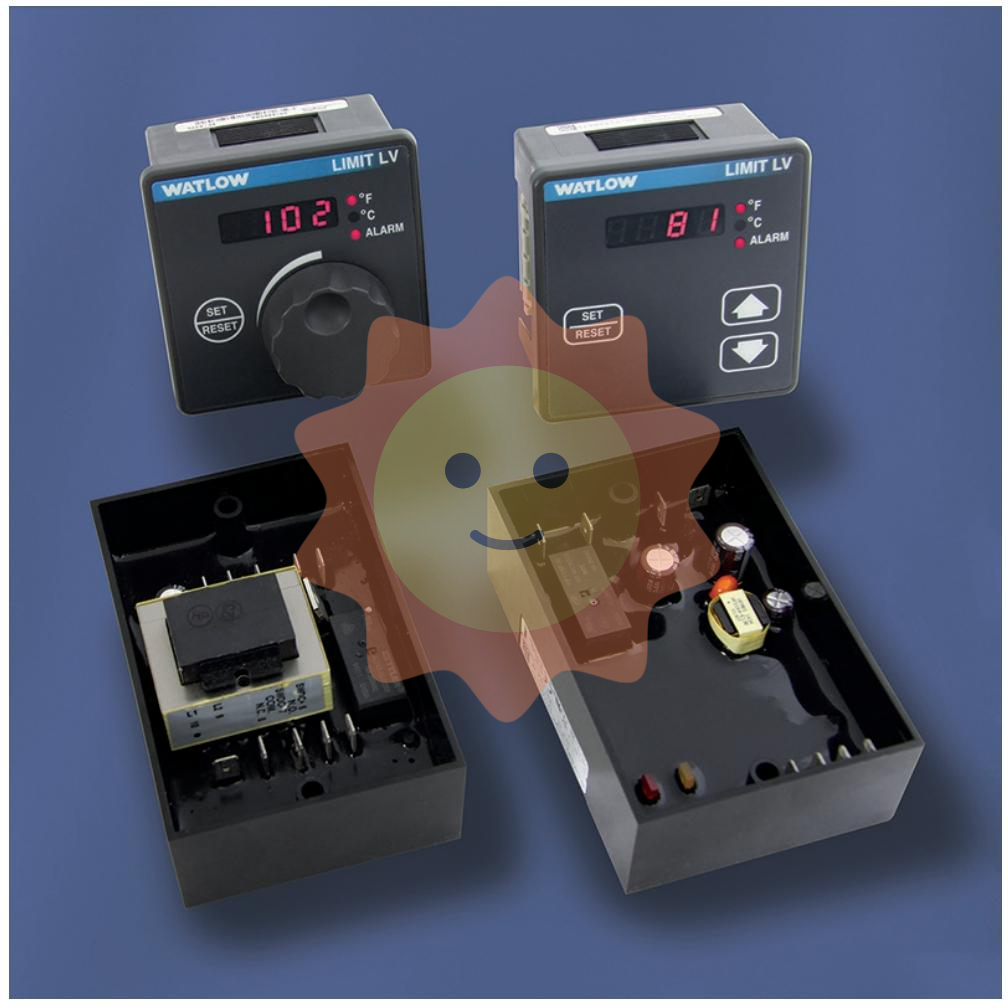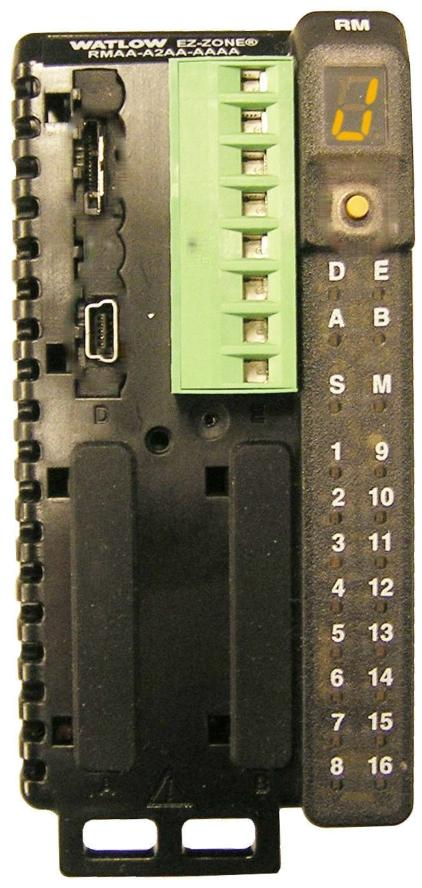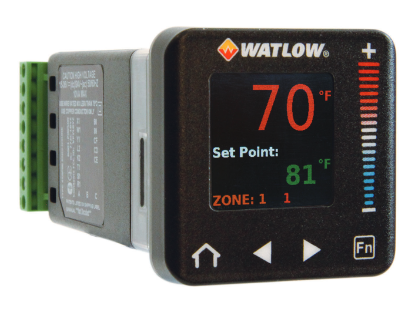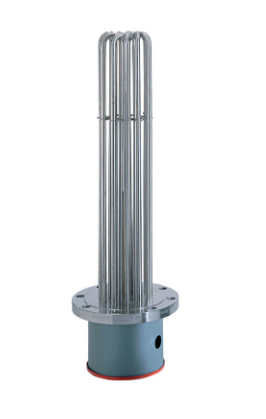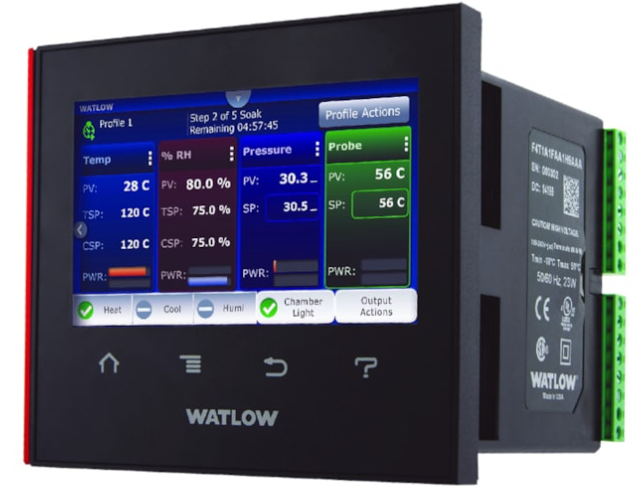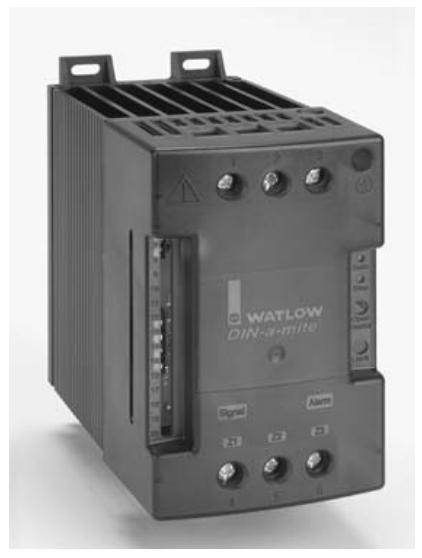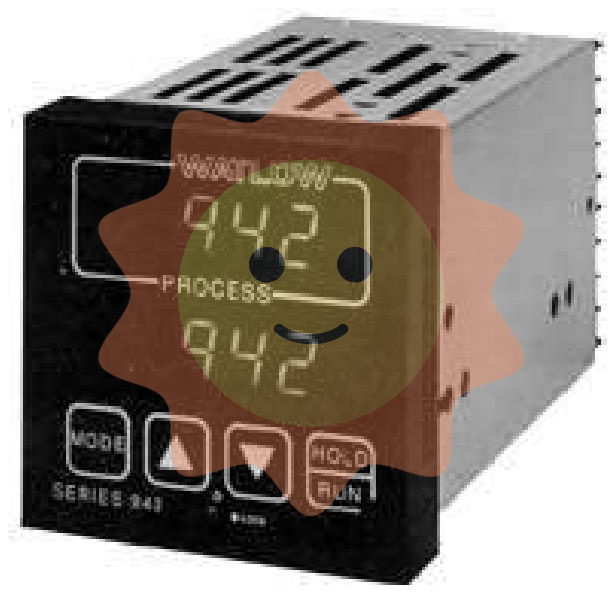ABB NTST01 Time Synch Termination Unit
Basic Information
Model and name: ABB NTST01 Time Synch Termination Unit is a time synchronisation terminal unit from ABB. NTST01 is a time synchronisation terminal unit manufactured by ABB. ‘NTST01’ is the model number, which is mainly used in industrial automation systems to ensure the time synchronisation of various devices.
Family: It belongs to the ABB industrial automation equipment family of products related to time synchronisation. Within this family, there may be other devices related to time management and synchronised signal distribution, which work together to meet the need for precise time synchronisation in complex industrial environments.
Application Scenario: Widely used in industrial environments that require high time accuracy. For example, in power systems, accurate time synchronisation is essential for fault analysis, sequence of events (SOE) and other operations; in automated production lines, time synchronisation helps to co-ordinate the sequence of actions of different devices to ensure the accuracy and efficiency of the production process; in distributed control systems, time synchronisation of individual nodes is the basis for achieving data consistency and system co-operation.
Functional Features
Time synchronisation function
Multiple synchronisation protocol support: it can support a variety of mainstream time synchronisation protocols, such as NTP (Network Time Protocol), PTP (Precision Time Protocol), etc. NTP protocol is suitable for network-based time synchronisation, with milliseconds accuracy, and is mainly used for occasions that do not have extremely high requirements for time accuracy; PTP protocol is a high-precision time synchronisation protocol, with sub-microseconds accuracy, and is suitable for occasions that have demanding requirements for time accuracy. PTP protocol is a high-precision time synchronisation protocol with sub-microsecond accuracy, which is suitable for industrial control scenarios with stringent time accuracy requirements, such as time synchronisation between substation automation equipment in power systems.
Synchronisation Signal Distribution and Transmission: As a terminal unit, it can receive standard time signals from time sources (e.g. GPS clocks, atomic clocks and other external high-precision time sources), and distribute and transmit them to multiple industrial devices. It ensures that the time of these devices is accurately synchronised with the time source and avoids inconsistent data or uncoordinated operations between different devices due to time differences. For example, in an automated manufacturing plant, precise time signals are sent to individual robots, PLCs (Programmable Logic Controllers) and sensors so that they can operate under the same time reference.
Highly Accurate Time Stamping Functions
Event Time Stamping: Allows you to time stamp various events in an industrial control system with high precision. In complex industrial processes, when an event occurs (e.g., equipment failure, sensor triggering, control command execution, etc.), the NTST01 is able to record the exact time of the event with sub-microsecond accuracy. These timestamps are useful for subsequent fault diagnosis, process traceability and data analysis. For example, in power system fault analysis, event timestamps can be used to accurately determine the sequence and time interval of faults, thus quickly locating the cause of the fault.
Reliability and Stability
Redundancy design: In order to ensure the uninterruptedness of time synchronisation service, redundancy design may be adopted. For example, it can connect multiple time sources at the same time, and when one time source fails or the signal is interrupted, it can automatically switch to other backup time sources to ensure that the time synchronisation function is not affected. In critical industrial application scenarios, this redundancy mechanism can significantly improve system reliability.
Anti-interference ability: in the industrial environment, there are a large number of electromagnetic interference and signal noise, NTST01 has a strong anti-interference ability, and can receive and transmit time synchronisation signals stably in the complex electromagnetic environment. It effectively reduces the influence of external interference on time synchronisation accuracy by adopting high-quality signal processing circuit and shielding technology.
Technical Parameters
Electrical parameters
Working voltage range: the working voltage is generally DC voltage, the range may be around 18V - 30V DC, so that it can adapt to the common power supply situation in the industrial field, to ensure that the equipment can work stably under different power conditions.
Power Consumption: The power consumption is low, usually between a few watts and a dozen watts, depending on the operating status of the device (e.g., frequency of synchronous signal transmission, number of connected devices, etc.) and the design of the device. Low power consumption design helps to operate stably for a long time in industrial environment, and can reduce the heat of the equipment and improve the reliability of the equipment.
Performance Parameters
Time synchronisation accuracy: As mentioned above, the time synchronisation accuracy varies depending on the synchronisation protocol used. For NTP protocol, the accuracy can reach millisecond level, for example, the accuracy is between ±1 - ±10ms; for PTP protocol, the accuracy can reach sub-microsecond level, for example, the accuracy is between ±100ns - ±1μs.
Timestamping accuracy: Event timestamping accuracy can be sub-microsecond, e.g. between ±100ns - ±1μs, which ensures that the time of an event can be accurately recorded.
Number of Connectable Devices: Multiple industrial devices can be connected at the same time for time synchronisation, the exact number may vary depending on the product design, generally dozens or even hundreds of devices can be connected, depending on the number of interfaces and signal distribution capabilities of the devices.

- User name Member Level Quantity Specification Purchase Date
- Satisfaction :
-









Email:wang@kongjiangauto.com

